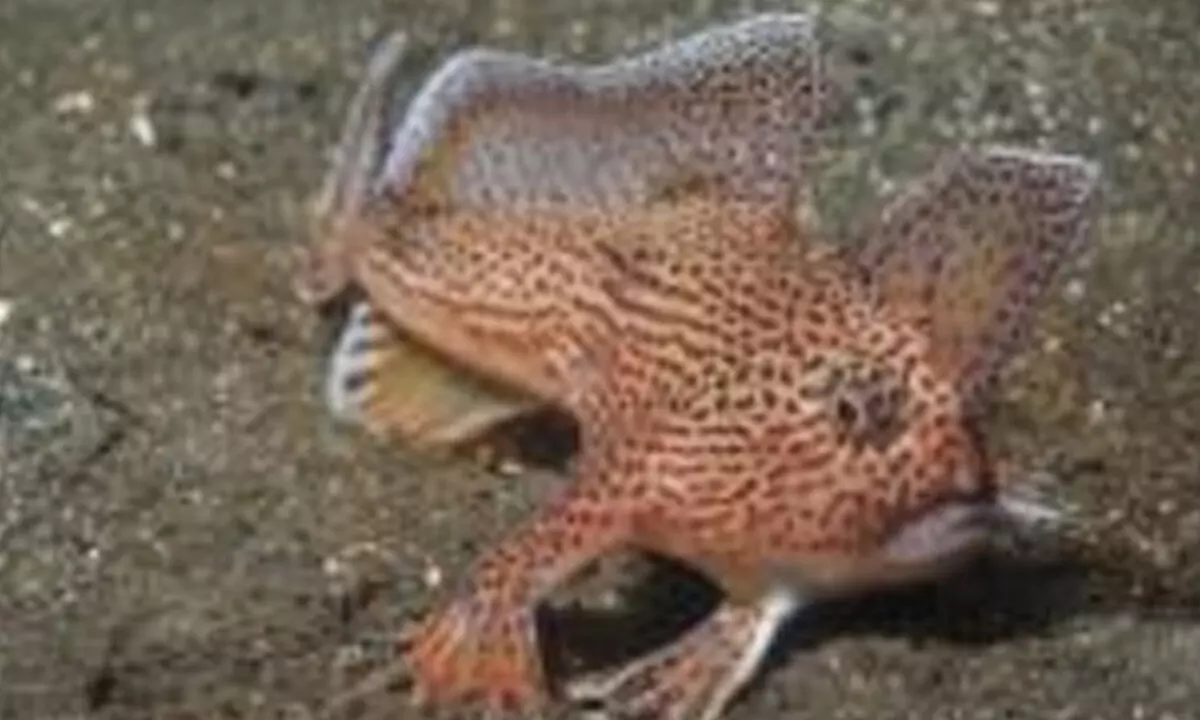Genome sequence of critically endangered Australian fish to boost conservation efforts
Share :

Australian scientists have sequenced the full genome of a critically endangered native fish species for the first time in a major boost for conservation efforts.
Canberra: Australian scientists have sequenced the full genome of a critically endangered native fish species for the first time in a major boost for conservation efforts.
National science agency, the Commonwealth Scientific and Industrial Research Organisation, said on Tuesday that a team from its Applied Genomics Initiative has successfully sequenced the genome of the Spotted Handfish.
Endemic to the island state of Tasmania, the Spotted Handfish in 1996 became the first marine fish to be listed as critically endangered on the International Union for Conservation of Nature's Red List of Threatened Species, Xinhua news agency reported.
Experts now estimate that there are now fewer than 2,000 individuals in the wild, with its rapid decline attributed to fishing, coastal development, climate change, and invasive species.
Gunjan Pandey, a senior research scientist from the Commonwealth Scientific and Industrial Research Organisation, said on Tuesday that the genome sequence of the species would aid ongoing efforts to boost population numbers and monitor genetic diversity.
"It provides a foundation for understanding gene expression in daily life and offers insights into its evolutionary history," he said in a media statement.
"With the genome, we can assist with species detection, monitor populations, and even estimate the fish's lifespan."
In collaboration with the Biomolecular Resource Facility at the Australian National University, researchers from the Commonwealth Scientific and Industrial Research Organisation were able to sequence the genome using a small amount of poor-quality DNA from a Spotted Handfish that died of natural causes in captivity.
Carlie Devine from the organisation said the genetic information would inform long-term conservation strategies for the species.
The organisation has monitored the Spotted Handfish since 1997 and leads habitat restoration and captive breeding programmes.













